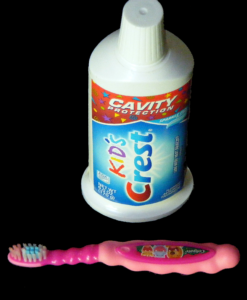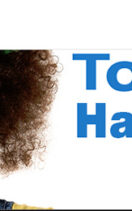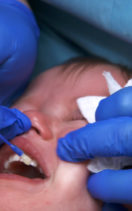
Did you know tooth decay is the most common chronic childhood disease? And fluoride is the number one cavity fighter? That’s why brushing young children’s teeth with fluoride toothpaste is so important. In Part 1, Tooth Talk provided helpful tips on choosing children’s toothpaste. Part 2 in your Toothbrushing Toolkit looks at choosing the right children’s toothbrush. Advise the parents in your program to make brushing as easy (and enjoyable) as possible for very young children by choosing the right toothbrush. Recommend they buy a toothbrush that:
- Is an age-appropriate size, especially made for small children
- Has a smaller brush-head, with soft bristles
- Has a fun shape or bright color; colors and character designs may make brushing more fun for little ones
- Is either manual or electric; electric toothbrushes designed especially for small children can benefit tiny teeth, making it easier to get at all the tough-to-brush areas
- And, of course, is topped with children’s fluoride toothpaste
Caring for a toothbrush:
- After brushing, rinse the toothbrush well to remove toothpaste and debris
- Store upright to air dry
- Make sure toothbrushes don’t touch each other
- Don’t use toothbrush covers
- Replace the toothbrush every three to four months, or when it is frayed
- Never clean toothbrushes in the microwave or dishwasher
Remind the parents in your program to brush their young children’s teeth twice a day with the right amount of children’s fluoride toothpaste: a tiny smear the size of a grain of rice for children from the first tooth till the third birthday, and a small pea-sized amount for children ages three to six. Parents should brush children’s teeth until the children are old enough to brush on their own, usually around the age of eight.
To see toothbrushing in action, watch the video Toothbrushing Tips for Kids





